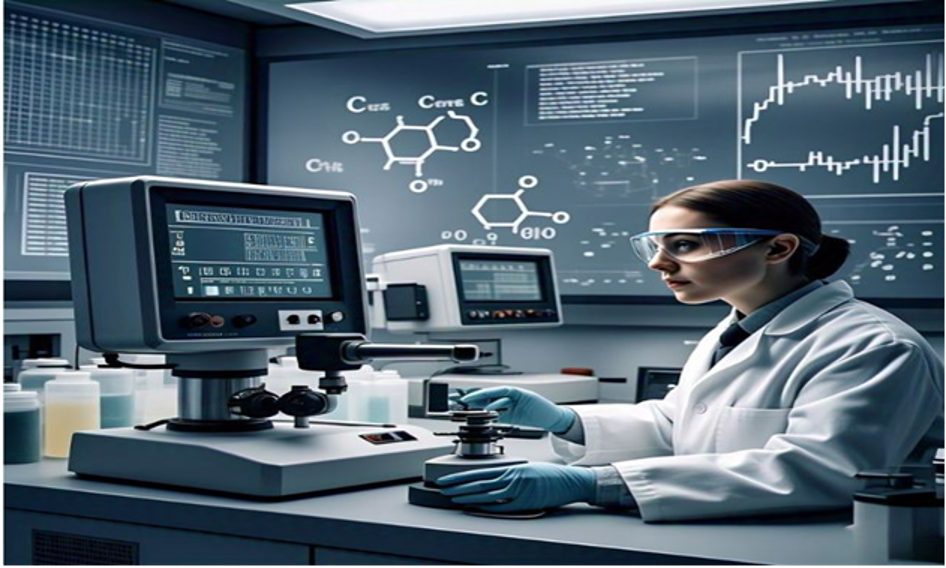Spectrometers vs. Mass Spectrometers
25th Feb 2025
Spectrometers vs. Mass Spectrometers: Choosing the Right Analytical Equipment
The Importance of Analytical Equipment
In modern scientific research and industrial applications, analytical equipment plays a crucial role. These tools are essential for measuring, analyzing, and identifying chemical compounds across various fields, including biotechnology, pharmaceuticals, and environmental science. Their accuracy and reliability contribute to quality control, engineering advancements, and scientific discoveries.

Spectrometers and Mass Spectrometers: A Comparison
Among the different types of analytical instruments, spectrometers and mass spectrometers are widely used in laboratories. Spectrometers help determine a substance’s composition, identify unknown compounds, and assess product quality in pharmaceuticals, environmental science, and material industries. Their ability to detect even minute molecular variations makes them valuable for both academic and industrial applications.
Selecting the Most Suitable Analytical Tool
The choice of analytical equipment depends on several factors:
-
Type of Analysis: Spectrometers are ideal for studying light absorption and emission, while mass spectrometers provide detailed molecular structure information.
-
Sample Type: Some instruments are designed for liquid samples, while others work better with solids or gases.
-
Sensitivity and Accuracy: High-precision instruments are necessary for trace-level detection in pharmaceuticals and environmental testing.
-
Maintenance and Cost: Some devices require specific maintenance procedures and consumables, adding to operational costs.
Types of Spectrometers and Their Uses
Not all spectrometers function the same way. Below are the most common types:
-
UV-Vis Spectrometers: Used to study light absorption in the ultraviolet and visible spectrum. Common applications include drug concentration measurement in pharmaceuticals and water quality analysis in environmental science.
-
Infrared (IR) Spectrometers: Crucial for molecular structural analysis in chemical research. Also widely used in forensic science, food safety, and polymer science.
-
Nuclear Magnetic Resonance (NMR) Spectrometers: Mainly used in organic chemistry and medical imaging to provide detailed insights into molecular structures and interactions.
Mass Spectrometry: Functionality and Applications
Mass spectrometry is an advanced analytical technique that measures the mass-to-charge ratio of ions within a sample. Unlike optical spectrometers, mass spectrometers ionize compounds and analyze their molecular composition, making them one of the most powerful tools in analytical chemistry.
How Mass Spectrometry Works
-
Ionization: The sample is transformed into charged particles.
-
Separation: Ions are sorted based on their mass-to-charge ratio using electromagnetic fields.
-
Detection: A detector records data, producing a spectrum that helps identify the sample’s composition.
Applications of Mass Spectrometry
-
Pharmaceuticals: Used in drug formulation, quality control, and impurity analysis.
-
Biotechnology: Essential for studying metabolites, proteins, and genetic material modifications.
-
Environmental Testing: Detects pollutants and contaminants in air, water, and soil.
-
Forensic Science: Helps analyze unknown substances in criminal investigations and postmortem toxicology.
Conclusion
Spectrometers and mass spectrometers are indispensable in scientific research, industry, and quality control. Understanding their differences and functions enables experts to choose the most appropriate instrument for their needs. As technology advances, these analytical tools continue to evolve, enhancing precision and efficiency across multiple disciplines. Proper maintenance and careful selection of equipment ensure optimal performance and reliability, supporting ongoing scientific and industrial progress.
